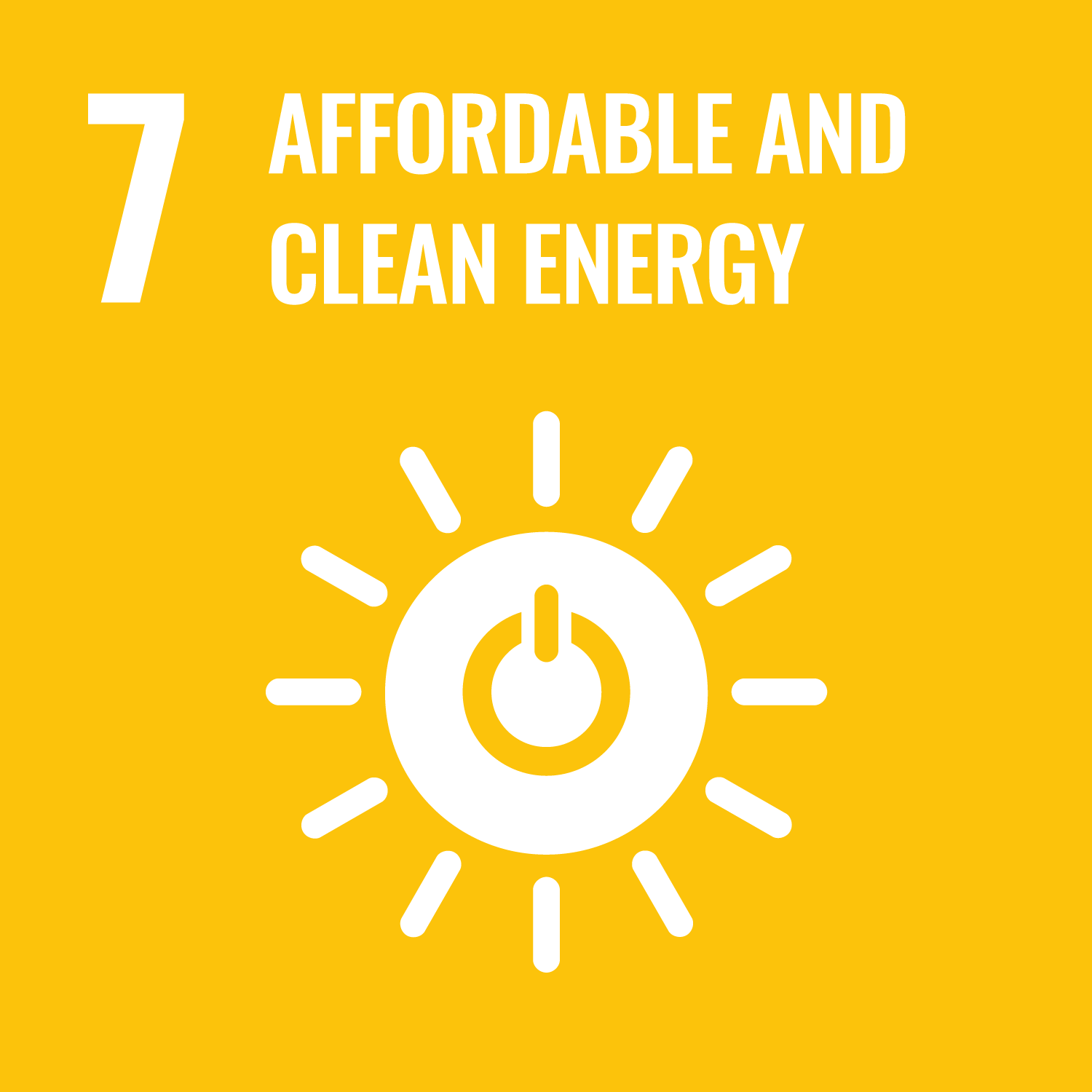Chauhan, V. orcid.org/0000-0002-4498-0915, Beaton, D. orcid.org/0000-0002-5764-5139, Tollefsen, K.E. orcid.org/0000-0002-7534-0937 et al. (15 more authors) (2024) Radiation Adverse Outcome pathways (AOPs): examining priority questions from an international horizon-style exercise. International Journal of Radiation Biology, 100 (7). pp. 982-995. ISSN: 0955-3002
Abstract
Purpose
The Organisation for Economic Co-operation and Development (OECD) Adverse Outcome Pathway (AOP) Development Programme is being explored in the radiation field, as an overarching framework to identify and prioritize research needs that best support strengthening of radiation risk assessment and risk management strategies. To advance the use of AOPs, an international horizon-style exercise (HSE) was initiated through the Radiation/Chemical AOP Joint Topical Group (JTG) formed by the OECD Nuclear Energy Agency (NEA) High-Level Group on Low Dose Research (HLG-LDR) under the auspices of the Committee on Radiological Protection and Public Health (CRPPH). The intent of the HSE was to identify key research questions for consideration in AOP development that would help to reduce uncertainties in estimating the health risks following exposures to low dose and low dose-rate ionizing radiation. The HSE was conducted in several phases involving the solicitation of relevant questions, a collaborative review of open-ended candidate questions and an elimination exercise that led to the selection of 25 highest priority questions for the stated purpose. These questions were further ranked by over 100 respondents through an international survey. This final set of questions was judged to provide insights into how the OECD’s AOP approach can be put into practice to meet the needs of hazard and risk assessors, regulators, and researchers. This paper examines the 25 priority questions in the context of hazard/risk assessment framework for ionizing radiation.
Conclusion
By addressing the 25 priority questions, it is anticipated that constructed AOPs will have a high level of specificity, making them valuable tools for simplifying and prioritizing complex biological processes for use in developing revised radiation hazard and risk assessment strategies.
Metadata
| Item Type: | Article |
|---|---|
| Authors/Creators: |
|
| Copyright, Publisher and Additional Information: | © 2024 The Author(s). Published with license by Taylor & Francis Group, LLC. This is an Open Access article distributed under the terms of the Creative Commons Attribution-NonCommercial-NoDerivatives License (http://creativecommons.org/licenses/by-nc-nd/4.0/), which permits non-commercial re-use, distribution, and reproduction in any medium, provided the original work is properly cited, and is not altered, transformed, or built upon in any way. The terms on which this article has been published allow the posting of the Accepted Manuscript in a repository by the author(s) or with their consent. |
| Keywords: | Adverse outcome pathway; radiation protection; radiation risk assessment; research priorities low dose radiation; Humans; Risk Assessment; Adverse Outcome Pathways; Radiation Protection; Internationality; Radiation Injuries |
| Dates: |
|
| Institution: | The University of Sheffield |
| Academic Units: | The University of Sheffield > Faculty of Science (Sheffield) > Department of Psychology (Sheffield) |
| Date Deposited: | 29 Jan 2025 15:35 |
| Last Modified: | 26 Nov 2025 16:04 |
| Status: | Published |
| Publisher: | Taylor & Francis |
| Refereed: | Yes |
| Identification Number: | 10.1080/09553002.2024.2348072 |
| Related URLs: | |
| Sustainable Development Goals: | |
| Open Archives Initiative ID (OAI ID): | oai:eprints.whiterose.ac.uk:222434 |


 CORE (COnnecting REpositories)
CORE (COnnecting REpositories) CORE (COnnecting REpositories)
CORE (COnnecting REpositories)